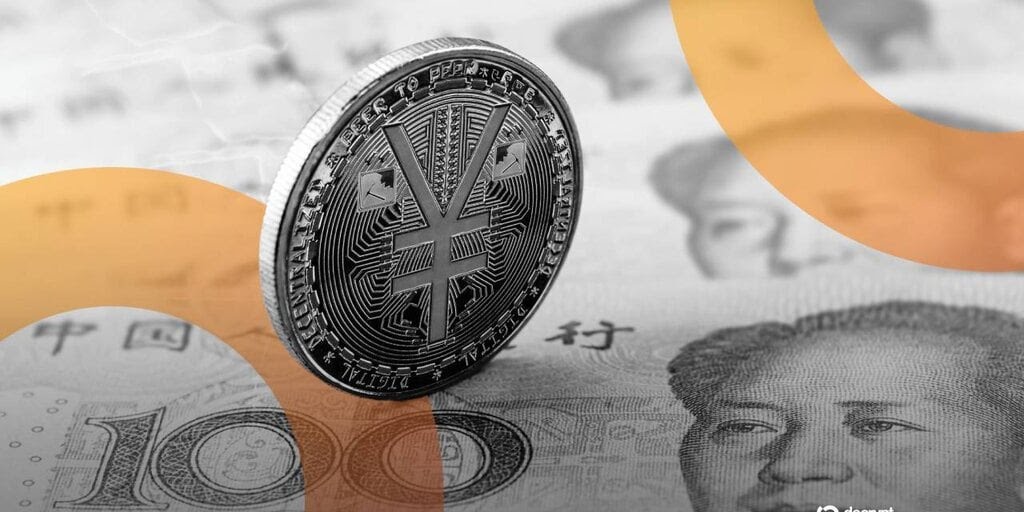As digital currencies gain traction across Asia, a striking divergence has emerged in regulatory approaches. While nations such as Japan, Singapore, and Hong Kong are advancing toward stablecoin adoption and digital asset integration, China continues to enforce its stringent restrictions on cryptocurrency activities. This dual trajectory reflects both a philosophical and strategic divide—where some economies perceive blockchain innovation as a growth engine, Beijing prioritizes financial stability and capital control. The evolving contrast is reshaping Asia’s digital finance landscape, potentially determining which economies lead the next phase of global fintech transformation.
China’s Cautious Approach to Cryptocurrency
China’s regulatory posture toward cryptocurrencies remains unwaveringly strict. Authorities in Beijing continue to enforce bans on digital currency trading and mining, emphasizing concerns over capital flight, speculative risk, and systemic instability. This position aligns with the government’s broader vision of maintaining tight monetary oversight, preventing parallel financial systems from undermining the yuan’s dominance.
While China pioneered early blockchain exploration, it has drawn a sharp line between innovation and decentralization. The state-approved Digital Yuan (e-CNY) exemplifies this controlled approach—leveraging blockchain-like architecture under the full supervision of the People’s Bank of China (PBoC). The emphasis remains on sovereignty, transparency, and data traceability, which stand in stark contrast to the anonymity and volatility associated with cryptocurrencies such as Bitcoin and Ethereum.
Asia’s Divergent Path: Stablecoins on the Rise
Elsewhere in Asia, governments and regulators are charting a more progressive course. Singapore has positioned itself as a regional hub for digital finance, fostering a regulated environment for stablecoin issuers under the Monetary Authority of Singapore’s (MAS) oversight. This framework mandates strict reserve requirements and transparency standards to ensure price stability and consumer protection.
Similarly, Japan has formalized legislation governing stablecoins, recognizing them as digital money backed by real assets. Hong Kong, meanwhile, is positioning itself as a global digital asset gateway, actively engaging with industry stakeholders to craft policies that encourage innovation while preserving market integrity.
These jurisdictions share a common goal: integrating blockchain-based instruments into the broader financial system without sacrificing regulatory oversight. The result is an ecosystem that embraces technological evolution while reinforcing investor confidence—an approach notably absent in China’s more conservative model.
Stablecoins: Bridging Traditional Finance and Digital Innovation
Stablecoins—cryptocurrencies pegged to fiat currencies or tangible assets—have become a cornerstone of digital finance due to their ability to combine speed, transparency, and relative price stability. Unlike volatile tokens, stablecoins serve as practical tools for cross-border payments, decentralized finance (DeFi), and digital trade settlements.
Asian markets are increasingly recognizing their potential to enhance liquidity and financial inclusion. For instance, regional banks and fintech firms are exploring partnerships with blockchain startups to streamline remittances and digital lending. The momentum suggests a broader transition toward a hybrid financial model—where stablecoins coexist with traditional monetary systems, supported by rigorous oversight.
China’s Motivation: Control Over Innovation
China’s reluctance to embrace stablecoins stems from its deep-rooted emphasis on financial sovereignty. The leadership views decentralized currencies as a potential challenge to national control over monetary policy and cross-border capital flows. Moreover, the Chinese government remains wary of speculative bubbles and unregulated fundraising activities that once proliferated during the 2017 Initial Coin Offering (ICO) boom.
Instead, Beijing’s focus is on scaling the Digital Yuan, which has already reached millions of users through pilot programs across major cities. By maintaining control over issuance, distribution, and tracking, China seeks to balance digital innovation with macroeconomic stability—an approach that ensures data visibility and reinforces its capital controls.
Regional Implications and Competitive Dynamics
The contrasting trajectories of China and its neighbors carry profound implications for Asia’s financial future. Economies embracing stablecoins are likely to attract fintech investment, encourage innovation, and position themselves as key players in the global digital payments ecosystem. Their openness could foster a new generation of cross-border financial products and decentralized infrastructures.
Conversely, China’s isolation from global crypto innovation may limit its private-sector competitiveness in blockchain finance. However, its centralized model could appeal to governments prioritizing security, predictability, and compliance—potentially influencing developing nations with similar governance philosophies.
This divergence underscores an emerging regional tension: innovation versus control, openness versus stability. The outcome may determine whether Asia’s financial leadership tilts toward state-directed systems or market-driven ecosystems.
The Road Ahead: Integration or Fragmentation?
As Asia’s digital finance landscape matures, the central question remains whether regulatory fragmentation will hinder or enhance regional cohesion. Cross-border collaboration on standards, interoperability, and anti-money-laundering (AML) frameworks could help bridge the divide between centralized and decentralized systems.
Ultimately, the success of digital finance in Asia will depend on striking the right balance between innovation and regulation. While China doubles down on control through the Digital Yuan, other nations are betting on stablecoins as catalysts for inclusion and efficiency. Both paths reflect differing visions of financial modernization—but only time will reveal which one leads the region into a sustainable digital era.
Conclusion: A Region at a Crossroads
Asia’s financial future is being written in two scripts. One is meticulously controlled by state oversight, exemplified by China’s Digital Yuan; the other is a decentralized narrative, powered by stablecoins and private innovation. Both approaches seek modernization, but through profoundly different means.
The next phase of this evolution will likely hinge on how effectively nations integrate digital assets into traditional finance without compromising economic stability. Whether Asia converges toward a unified digital ecosystem—or fractures into competing models—will define not only regional finance but also the global trajectory of the digital economy.
